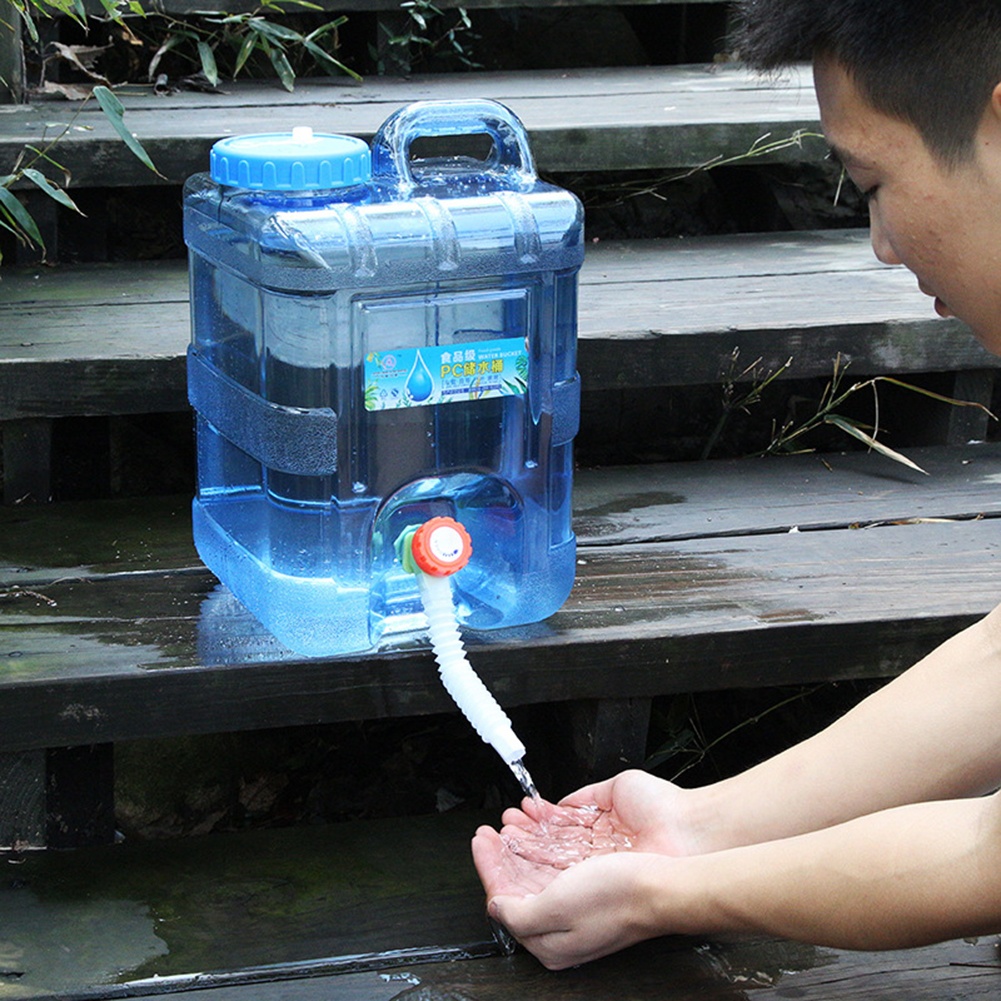Camping in Wild: Finding and Collecting Water
Finding and Collecting Water
Life is inseparable from water. A normal person can live for three weeks without food, but three days without water, so water should be given priority. Here are a few tips to help you quickly find or How to Collect water in the wild
- The first place to look for water sources is the bottom of the valley. To find water in the high mountains, you should look for it along the cracks in the rocks.
- In the gravel area of the bed, springs are often dug.
- On the coast, a pit should be dug above the highest waterline, and there will likely be a layer of sedimentation water about 5 cm thick floating on the denser seawater layer.
- When drinking the water in the stagnant water, it must be disinfected and precipitated first, and then boiled for drinking.
- Collect rainwater: Dig a hole in the ground, lay a layer of plastic, and surround it with clay, which can effectively collect rainwater.
- Condensed water: Put a plastic bag on a twig with thick leaves, and the transpiration of the leaves will produce condensed water.
- Follow animal, bird, insect, or human trails to find water sources.
- Water from plants: There is often water in the internodes of hollow plants such as bamboo, vines often have drinkable sap, and the fruits and stems of palms and cacti are rich in water.
- Solar stills: In arid desert areas, the following methods can be used to collect water well: dig a pit about 90 cm wide and 45 cm deep in relatively wet ground, place a water collector in the center of the bottom of the pit, A piece of plastic film that is drawn into an arc is hung on the surface. The light energy increases the temperature of the moist soil and air in the pit, and the evaporation produces water vapor. The water vapor contacts the plastic film and condenses to form water droplets, which slide down into the vessel.
Finding and collecting water when camping in isolated areas is essential for your survival and well-being. Here are some steps and tips to help you find and collect water safely:
1. Research the Area:
Before heading to the isolated camping area, research the local geography, topography, and water sources. Maps, guidebooks, and online resources can provide valuable information about potential water sources like rivers, streams, lakes, and natural springs.
2. Pack Adequate Supplies:Bring sufficient water containers or hydration systems to carry and store collected water. Collapsible water containers, water bottles, and water bladders are good options. Make sure they are clean and in good condition.
3. Prioritize Known Sources:
Prioritize known water sources like streams, rivers, and lakes. These sources are likely to have safe water, but it's still essential to treat or filter the water to ensure its safety.
4. Observe the Environment:
Look for signs of water such as vegetation, animal tracks, or low-lying areas where water might collect. Be cautious around stagnant water sources, as they could be contaminated.
5. Collect Rainwater:
Set up a rain catchment system using a tarp or a rainfly. Attach ropes to the corners of the tarp and angle it towards a container. When it rains, the tarp will funnel water into your container.
6. Filter and Purify:
Even seemingly clean water sources can contain harmful microorganisms. Use a water filter or purification tablets to eliminate bacteria, viruses, and parasites. Boiling water for at least one minute is also effective in killing most pathogens.
7. Purify with UV Light:
UV water purifiers use ultraviolet light to destroy harmful microorganisms. Carry a portable UV purifier and follow the manufacturer's instructions for use.
8. Use Natural Springs with Caution:
Natural springs can provide clean water, but it's best to collect water directly from the source rather than downstream. Look for signs of animal activity or contamination around the spring.
9. Be Careful with Standing Water:
Avoid collecting water from stagnant ponds, marshes, or puddles, as they are more likely to be contaminated. If you have no other option, filter and treat the water before consuming it.
10. Stay Hydrated:
In isolated areas, water sources might be far apart. Conserve water by drinking only when necessary and avoiding wastage.
11. Practice Leave No Trace:
When collecting water, follow Leave No Trace principles to minimize your impact on the environment. Avoid contaminating water sources by keeping a safe distance when collecting water.
12. Carry a Backup Plan:
Always carry a backup water purification method, such as purification tablets or a portable water filter, in case your primary method fails or you run out of stored water.
13. Plan Ahead:
Plan your water consumption carefully. Calculate how much water you'll need per day based on activities, weather, and personal needs. Carry extra water if you're uncertain about the availability of water sources.
14. Learn Local Regulations:
Be aware of any regulations or restrictions regarding water collection and camping in the area you're visiting. Some areas might have specific guidelines to protect natural resources.
Remember that water is essential for survival, so take the time to plan and prepare for sourcing and treating water when camping in isolated areas. Always prioritize safety and health by ensuring the water you collect is safe for consumption.

